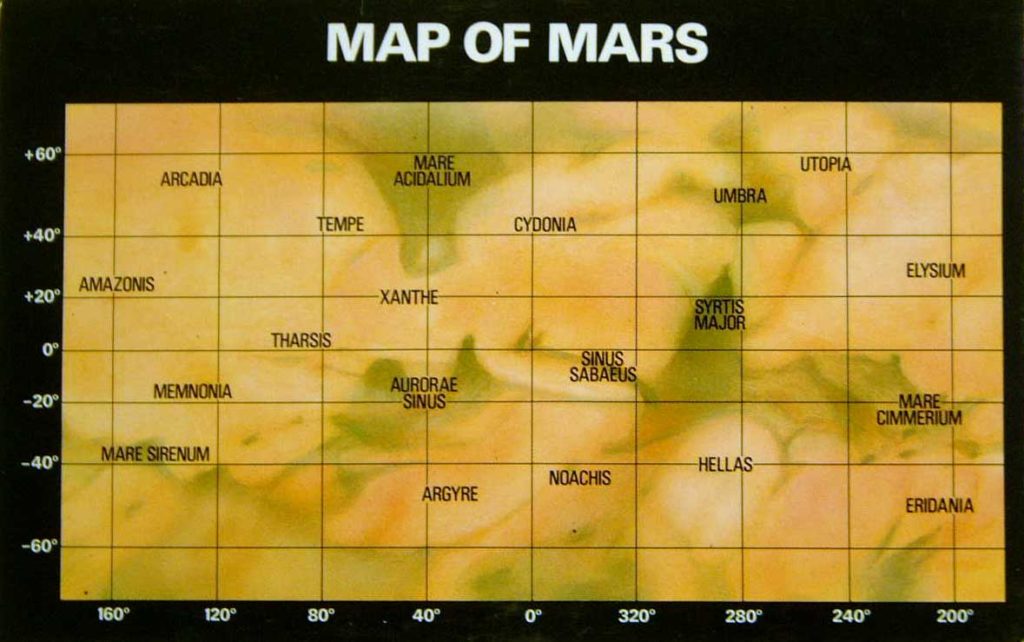Sky Report: October 12 – October 18

Last week, on the 6th, Mars was closest to earth. This week, on the 13th, it’s at “opposition”, and both events are in the news. What’s the difference?
Very little, in reality. Mars is at opposition when it’s directly opposite the sun, and that’s when it would be closest to earth if both our orbits were perfectly circular. But ours is slightly out of round (by 3%) and Mars’ orbit more so (9%), so the two dates are off by a week. It makes little difference – Mars will be big and bright all month and you’ll see it rise at sunset and remain in the sky all night, setting at sunrise. Next month it’ll be well up in the east at sunset but it won’t be quite as close or as bright. We’ll continue to see Mars in the evening sky until next May, although by then it will have faded dramatically.
Mars is the bright orange “star” that is low in the east as the sky grows dark and rises higher as the hours pass until its high in the south after midnight. It’s presently 39 million miles from earth (1/12th the distance to Jupiter). Enjoy it now.
The other two evening planets are Jupiter and Saturn which are in the southwest. Jupiter is almost as bright as Mars, so you can’t miss it, while Saturn, which is a short distance (7°) to the upper left of Jupiter, is 1/13th as bright as Jupiter. Look for Jupiter’s four large moons if you have 10x tripod-mounted binoculars.
Uranus and Neptune are in the evening sky too, one on each side of Mars, but you’ll need at least 50mm binoculars and an accurate star chart like the one on many astronomy apps to locate them.
Now that the sun rises so late, thanks in large part to Daylight Saving Time, more people are up in the morning while it’s still dark – and see Venus, shining brilliantly in the east long after the other stars have faded away. You can see Venus after sunrise if you know where to look. The very thin crescent moon is a short distance (8°) above Venus on the morning of the 13th and a similar distance to the lower left of Venus the following morning. Above Venus are the well-known constellations of the winter sky.
The moon is new on the 16th.
(I made this map of Mars with my 8-inch telescope decades ago.)
The Sky Report is presented as a public service by the Stellar Vista Observatory, a nonprofit organization based in Kanab, Utah, which provides opportunities for people to observe, appreciate, and comprehend our starry night sky. Additional information is at www.stellarvistaobservatory.org. Send questions and comments to John@StargazingAdventures.org.






Comments are closed.